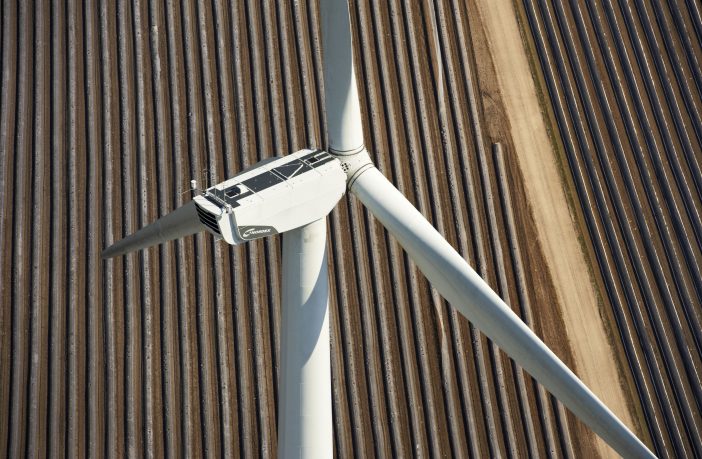- A new nonprofit industry body supporting the development of wind energy opportunities across Southern Africa has been launched at the annual Windaba conference in Cape Town.
Read more: Southern Africa poised to become a global wind energy powerhouse
Dubbed the ‘Wind SADC’, the association will help countries boost their wind energy industries and facilitate companies to participate.
The nonprofit industry body is a partnership between the Africa-European Union Energy Partnership (AEEP), the Global Wind Energy Council (GWEC), the South African Wind Energy Association (SAWEA) and the SADC Centre for Renewable Energy and Energy Efficiency (SACREEE).
Speaking at the launch of the association, Head of Energy Division at the African Union Commission, Atef Marzouk, emphasised the importance of regional collaboration on energy across the continent.
“The launch of Wind SADC supports regional integration and economic cooperation – within the industry and beyond. It strengthens trade between member states, supporting our ambitious goal towards an African Continental Free Trade area as outlined in the AU Agenda 2063,” Atef said, adding: “Importantly, it also helps build energy capacity, unlock economic development and collaboration between countries in energy.”
SAWEA’s CEO, Ntombifuti Ntuli, explained that the South African Wind Energy Association would contribute existing capacity and experience.
“Having an established office for more than 8 years and having been the custodian of explosive industry growth in South Africa, we will support Wind SADC with back-office services and the lessons learnt over almost a decade. We look forward to contributing to regional growth,” Ntuli said.
Speaking of its role in supporting the new Association, GWEC’s CEO, Ben Backwell, emphasised that Wind SADC fits extremely well with GWEC’s stated aim of accelerating the deployment of wind energy in sub-Saharan Africa and increasing private sector investment in the sector.
Backwell said: “With our members’ support we have been working on this topic for some time and formed an Africa Task Force in early 2019 to find the best ways of doing exactly what Wind SADC will now tackle in the SADC. We fully support the effort and will bring our global experience, data and policy expertise to bear to facilitate success.”
Kuda Ndhlaukula, Executive Director of the SADC Centre for Renewable Energy and Energy Efficiency (SACREEE) also welcomed the move towards creating additional, technology-specific capacity.
Ndhlaukula commented: “In driving towards universal access to sustainable energy as well as a secure energy system in a landscape of rapidly improving renewables energy technologies, we welcome this opportunity to join forces with experts in the international and local wind energy field.”
The association was launched with the support of the Africa-EU Energy Partnership, a high-level framework for strategic dialogue on energy between Africa and Europe.
The Head of the AEEP Secretariat, Johan van den Berg, underlined the value of regional and bi-continental partnerships: ”The launch of Wind SADC is an example of how pooling our resources and efforts enables us to better address challenges. By acting together we are more than the sum of our parts. We intend to expand such interventions both into other technologies and other African regions, together with key regional and international partners.”
GWEC estimates, given strong regulatory regimes, the commercial potential in the SADC by 2030 at 9,000MW outside South Africa and a similar amount inside, totalling about 30% in installed capacity of the present South African Power Pool.
In South Africa, wind power has since 2012 seen 22 operational windfarms installing 2,078MW connected to the national grid with more than 900 wind turbines spread out over three provinces. Wind power now supplies 52% of SA’s renewable at a cost of 33% of the renewable energy bill.
Many countries in the SADC region have similar potential and would benefit from an industry body to ensure that wind power is fully utilised.
Author: Ashley Theron
This article was originally published on ESI Africa and is republished with permission with minor editorial changes.















